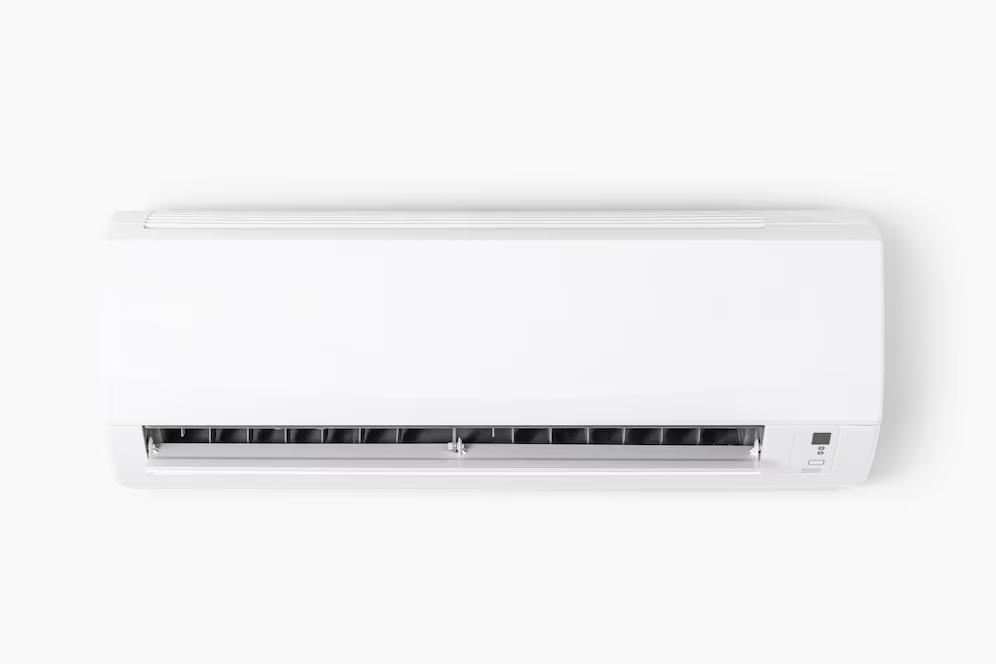Modern air conditioners are equipped with error codes to help diagnose problems quickly and efficiently. When your air conditioner displays an error code, it’s often a sign that something isn’t working properly, and understanding these codes can save time and prevent further damage.
In this guide, we’ll walk through some of the most common air conditioner error codes, what they mean, and how to address them. If you’re in Las Vegas and encounter persistent issues, it might be time to contact a professional like Airtech for expert assistance.
E1 or F1 – Sensor Failure
One of the most common error codes, E1 or F1, usually indicates a problem with the temperature sensor. This sensor measures room temperature and signals the air conditioner to adjust output accordingly. When the sensor fails, your air conditioner may not maintain the desired temperature. In many cases, restarting the unit might resolve the issue, but if the error persists, consider reaching out to a professional to inspect the sensor and perform any necessary repairs.
E2 or F2 – Indoor Temperature Sensor Issue
The E2 or F2 error code points to an issue with the indoor temperature sensor. This sensor helps regulate the cooling and prevents overworking the compressor. When it’s malfunctioning, your air conditioner may not cool evenly. If you encounter this code, try powering off the unit, waiting a few minutes, and turning it back on. However, if the error continues to appear, it’s best to consult a technician to prevent potential compressor issues.
E3 or F3 – Outdoor Temperature Sensor Issue
An E3 or F3 error usually signifies a problem with the outdoor temperature sensor. This sensor detects outside temperatures to regulate cooling output efficiently. When it fails, your unit might not operate correctly, especially in extreme weather conditions. This issue often requires professional assistance to ensure safe and effective cooling. If you’re in Las Vegas and face extreme heat, addressing this error promptly can make a big difference in your comfort.
E4 – Indoor Fan Motor Malfunction
The E4 code is commonly linked to issues with the indoor fan motor. This motor is essential for circulating cool air inside your space. When it malfunctions, the airflow may weaken, and the room might not reach the desired temperature. In some cases, turning off the unit and restarting it can reset the fan motor. However, persistent E4 errors typically require professional inspection and repair, as a faulty fan motor may lead to increased energy usage.
E5 – Communication Error
An E5 error indicates a communication failure between the indoor and outdoor units of a split air conditioner system. This can happen due to wiring issues, loose connections, or other faults in the system. It’s usually not something that can be fixed with a simple reset, as it often requires checking and repairing wiring connections. For safe handling of this issue, calling a licensed technician is recommended.
P1 or E6 – Low Voltage or Power Supply Issue
The P1 or E6 code often appears when there is a low voltage or power supply issue. In many cases, this issue is related to fluctuations in the electrical grid or issues within your home’s wiring. Turn off the air conditioner and check your circuit breaker to see if anything is tripped. If the problem continues, an electrician may need to check your electrical system to ensure a stable power supply to the AC unit.
F0 – Refrigerant Leak or Low Refrigerant Levels
The F0 code typically means there’s a refrigerant issue, such as a leak or low levels of refrigerant. This is a serious issue as refrigerant is essential for the cooling process. A refrigerant leak can result in inefficient cooling, higher electricity bills, and even damage to the compressor. If you notice an F0 error, turn off your air conditioner immediately and contact a professional to inspect and refill the refrigerant. Trying to resolve refrigerant issues on your own can be dangerous and may void your warranty.
EC – Evaporator Coil Issue
When the EC code appears, it usually indicates a problem with the evaporator coil, often due to freezing. This can happen when the coil becomes too cold and ice builds up. Turn off your unit and let the ice melt before turning it back on. If the error reappears, there could be an underlying issue with airflow or refrigerant levels that a technician should address.
H1 – Defrost Mode
The H1 code means that the air conditioner is in defrost mode. This typically happens in colder climates and is a normal function to prevent the outdoor unit from freezing. However, if you see this code frequently, it could mean that there’s an issue with the temperature sensors or defrost sensors. In Las Vegas, where freezing temperatures are uncommon, frequent H1 codes may require a closer look by a professional.
P2 – Full Drain Pan
A P2 code means the drain pan is full, a safety measure to prevent overflow. The drain pan collects condensation from the cooling process, and if it’s full, the unit will stop operating until the water is removed. To fix this, clean the drain pan thoroughly to prevent mold or mildew buildup. If the error continues, the drainage line may be clogged and need professional cleaning.
Final Tips
Understanding these common error codes can help diagnose and even solve minor issues with your air conditioner. However, some problems require professional expertise, especially when dealing with electrical components, refrigerant levels, or complicated sensor malfunctions. Attempting repairs without the right experience could worsen the problem or lead to injury.
Need Reliable Air Conditioner Repair in Las Vegas? Contact Airtech!
If you’re experiencing ongoing error codes with your air conditioner, Airtech in Las Vegas is here to help. Our expert technicians are trained to handle all types of AC issues, ensuring your cooling system operates efficiently and keeps you comfortable year-round. Contact us today for professional and reliable air conditioner repair services!

